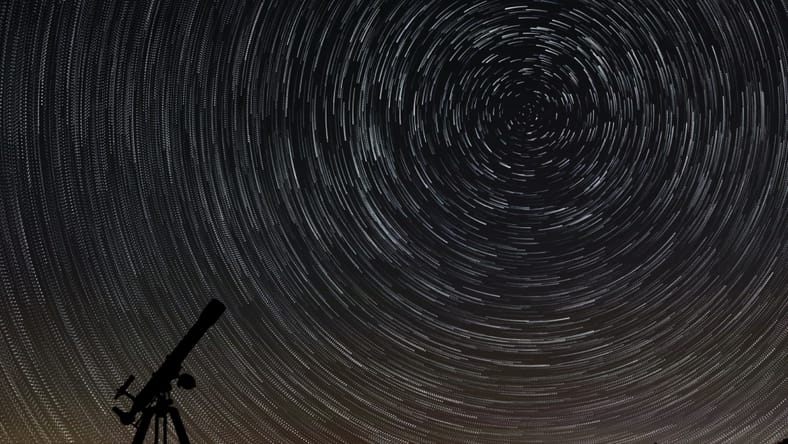
If you’ve seen Unknown: Cosmic Time Machine on Netflix, you may be clamoring for more information about LHS 475b — the Earth-sized exoplanet spotted by the James Webb Space Telescope that’s teased at the end of the documentary.
The James Webb Space Telescope, located a million miles away from Earth, is able to take pictures of and collect data about other stars, planets, space anomalies, and galaxies much deeper and farther into the universe than we’ve ever seen before. It also allows scientists to see what the universe looked like far back in the past because of the speed of light.
The first photograph revealed from the telescope showed a glimpse of what galaxies looked like 13.1 billion years ago. One day, scientists hope to use it to see the Big Bang, which took place 13.8 billion years ago.
Since it was launched in 2021, one of the most exciting discoveries to come from Webb is this new terrestrial exoplanet.
Read on for answers about this mysterious new finding.
What Is an Expolanet?
An exoplanet is a planet that orbits another star besides our sun.
“In late 2022, Webb made its first discovery of an exoplanet: a previously unknown Earth-sized planet 41 lightyears away,” reads a statement at the end of Unknown: Cosmic Time Machine.
This particular exoplanet, which is the first exoplanet discovered by the James Webb Space Telescope, is named LHS 475b, according to the NASA website.
If you go stargazing or have a telescope, you can see where the exoplanet is located inside the Octans constellation.
It’s almost exactly the same size as our planet, but just slightly smaller, measuring in at 99% of Earth’s diameter.
“There is no question that the planet is there. Webb’s pristine data validate it,” Jacob Lustig-Yaeger, who leads the exoplanet’s research team with Kevi Stevenson from John Hopkins University Applied Physics Laboratory in Laurel, Maryland, told NASA in January 2023.
“The fact that it is also a small, rocky planet is impressive for the observatory,” Stevenson said.
Mark Clampin, the Astrophysics Division director at NASA Headquarters in Washington, commented on the telescope’s ability to potentially discover more planets like our own in the future.
“These first observational results from an Earth-size, rocky planet open the door to many future possibilities for studying rocky planet atmospheres with Webb,” Clampin said. “Webb is bringing us closer and closer to a new understanding of Earth-like worlds outside our solar system, and the mission is only just getting started.”
Is LHS 475b Inhabitable?
So far, scientists have not been able to determine whether LHS 475b has an atmosphere, which would tell us whether it has breathable air or other essential conditions for sustaining life.
“The observatory’s data are beautiful,” Erin May of the Johns Hopkins University Applied Physics Laboratory told NASA. “The telescope is so sensitive that it can easily detect a range of molecules, but we can’t yet make any definitive conclusions about the planet’s atmosphere.”
The telescope was able to determine that the exoplanet is a few hundred degrees hotter than Earth and completes a full orbit of its star in only 2 days compared to our 365.
Lustig-Yaeger also pointed out that it’s possible that the exoplanet’s atmosphere could be made up of 100% carbon dioxide, which would make it similar to Venus.
“We’re at the forefront of studying small, rocky exoplanets,” Lustig-Yaeger said. “We have barely begun scratching the surface of what their atmospheres might be like.”
The star that LHS 475b orbits is a red dwarf star that is only half the temperature of our sun. That means that any exoplanets would have to be closer to it in order to be habitable or life-sustaining. That also means that it is possible that LHS 475 has an atmosphere, but scientists just haven’t been able to determine that for sure yet.
“This rocky planet confirmation highlights the precision of the mission’s instruments,” Stevenson said of the James Webb Space Telescope’s ability to collect highly detailed data. “And it is only the first of many discoveries that it will make.”
“With this telescope, rocky exoplanets are the new frontier,” added Lustig-Yaeger.
NASA has a mockup image of what it might look like to stand on LHS 475b here, and the European Space Agency has an illustration of what it looks like from space here.
Unknown: Cosmic Time Machine is now streaming on Netflix.
Main Image: A still from Unkown: Cosmic Time Machine courtesy of Netflix.
